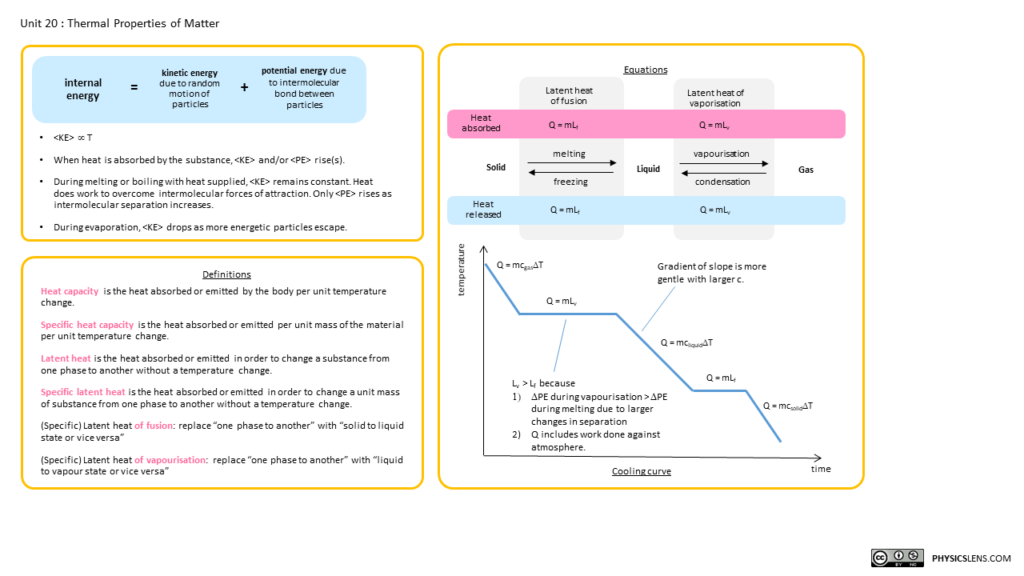
Click here to download high res version.
the world in a different light

Click here to download high res version.
Made these videos years ago when I was still using an old domain name. Transferred them to the current YouTube channel in 2018. Re-posting them here as I will be using them in class soon – if the live demo fails. The first demonstration never fails to bring excitement to the class and start the lesson with a bang.
The following simulations from the Concord Consortium shows the behaviour of molecules in different states. What I like about them is that you can highlight one or two individual molecules and focus on observing their movement.
There are two methods of calculating the energy released in a nuclear reaction, which will be demonstrated using an example. Consider the nuclear reaction:
$$^2_1H + ^3_1H \rightarrow ^4_2He + ^1_0n$$
The table below shows the values of mass and binding energy per nucleon.
| binding energy per nucleon / MeV | mass / u | |
| $^2_1H$ deuterium | 1.1122865 | 2.0141018 |
| $^3_1H$ tritrium | 2.8272737 | 3.0160493 |
| $^4_2He$ helium | 7.0739183 | 4.0026032 |
| $^1_0n$ neutron | 1.0086649 |
Method 1: Calculate difference in mass $\Delta m$ and take $E = \Delta m c^2$
$\Delta m$ = 2.0141018 + 3.0160493 – 4.0026032 – 1.0086649 = 0.0188830 u
$E = \Delta m c^2$
= 0.0188830 × 1.66054 × 10-27 kg × (2.99792 × 108 m s-1)2
= 2.8181 × 1012 J
= 17.589 MeV
Method 2: Calculate difference in binding energy
Changing in B.E. = B.E. of $^4_2He$ – (B.E. of $^2_1H$ + B.E. of $^3_1H$)
= 4(7.0739183) MeV – [2(1.1122865) + 3(2.8272737)] MeV
= 17.589 MeV
The following GeoGebra interactives demonstrate the first few harmonics of an open pipe and a closed pipe given a fixed velocity of sound (340m/s). The frequencies and wavelengths are auto-calculated. Length of the pipe can be varied. Feel free to use, copy or edit them.
Open Pipe
Source: https://www.geogebra.org/m/tsufws72
For embedding into SLS or other websites:
<iframe scrolling="no" title="Harmonics of Open Pipes" src="https://www.geogebra.org/material/iframe/id/tmeypwgx/width/700/height/500/border/888888/sfsb/true/smb/false/stb/false/stbh/false/ai/false/asb/false/sri/false/rc/false/ld/false/sdz/false/ctl/false" width="700px" height="500px" style="border:0px;"> </iframe>Closed Pipe
Source: https://www.geogebra.org/m/m3p7hny5
For embedding into SLS or other websites:
<iframe scrolling="no" title="Harmonics for Closed Pipe" src="https://www.geogebra.org/material/iframe/id/gm9k6hkg/width/700/height/500/border/888888/sfsb/true/smb/false/stb/false/stbh/false/ai/false/asb/false/sri/false/rc/false/ld/false/sdz/false/ctl/false" width="700px" height="500px" style="border:0px;"> </iframe>This GeoGebra interactive allows students to vary the position of the centre of gravity of a shelf in order to observe the changes of the other two force vectors. The position of the supporting cable can be adjusted too.
The ability to resolve vectors allows students to apply principle of moments to understand how the vertical components of each force vary.
This is meant for the JC1 topic of Forces.
To embed into SLS, you can use the following code:
<iframe scrolling="no" title="Equilibrium of a Wall Shelf" src="https://www.geogebra.org/material/iframe/id/xdbr7qr5/width/700/height/500/border/888888/sfsb/true/smb/false/stb/false/stbh/false/ai/false/asb/false/sri/false/rc/false/ld/false/sdz/false/ctl/false" width="700px" height="500px" style="border:0px;"> </iframe>